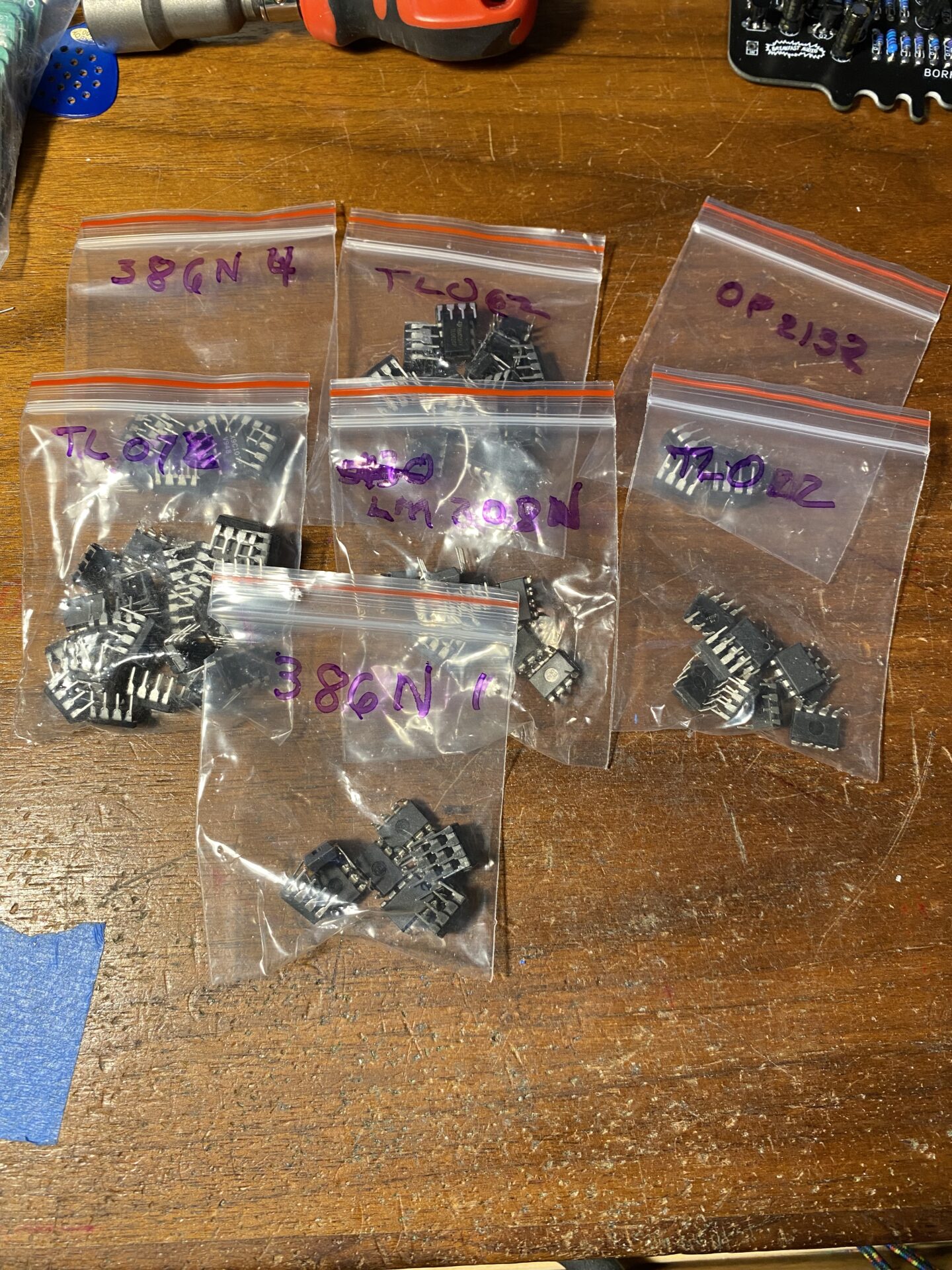Tag: 386
-
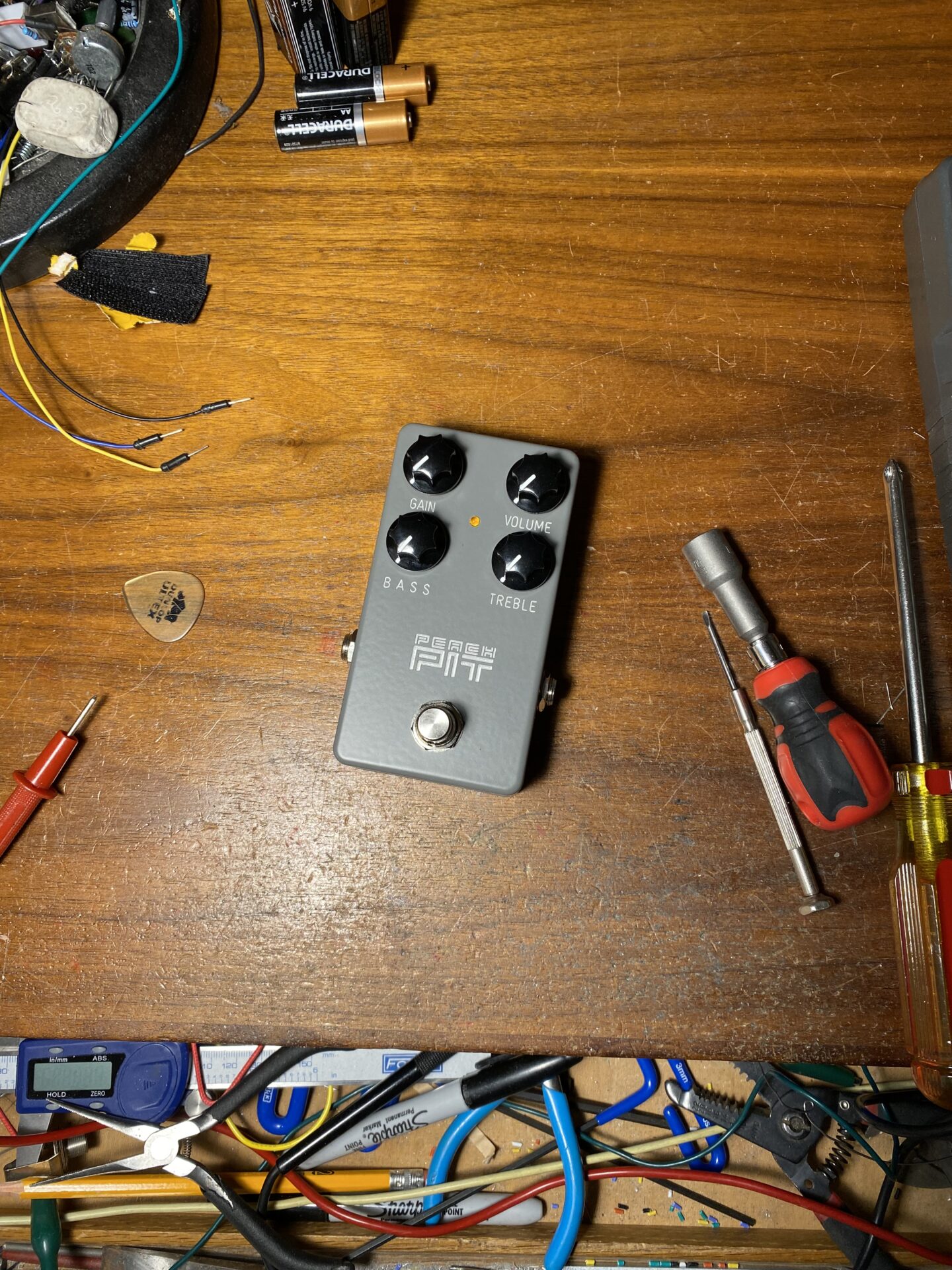
Peach Pit
This is my take on the Frantone Peach Fuzz. Peach Fuzz is an op-amp buffer into a pair of LM386 in series, followed by a tone control similar to the Big Muff. It uses a dual op-amp but only one of the op-amps is used. Frantone was one of the early “boutique” small name builders.…
-
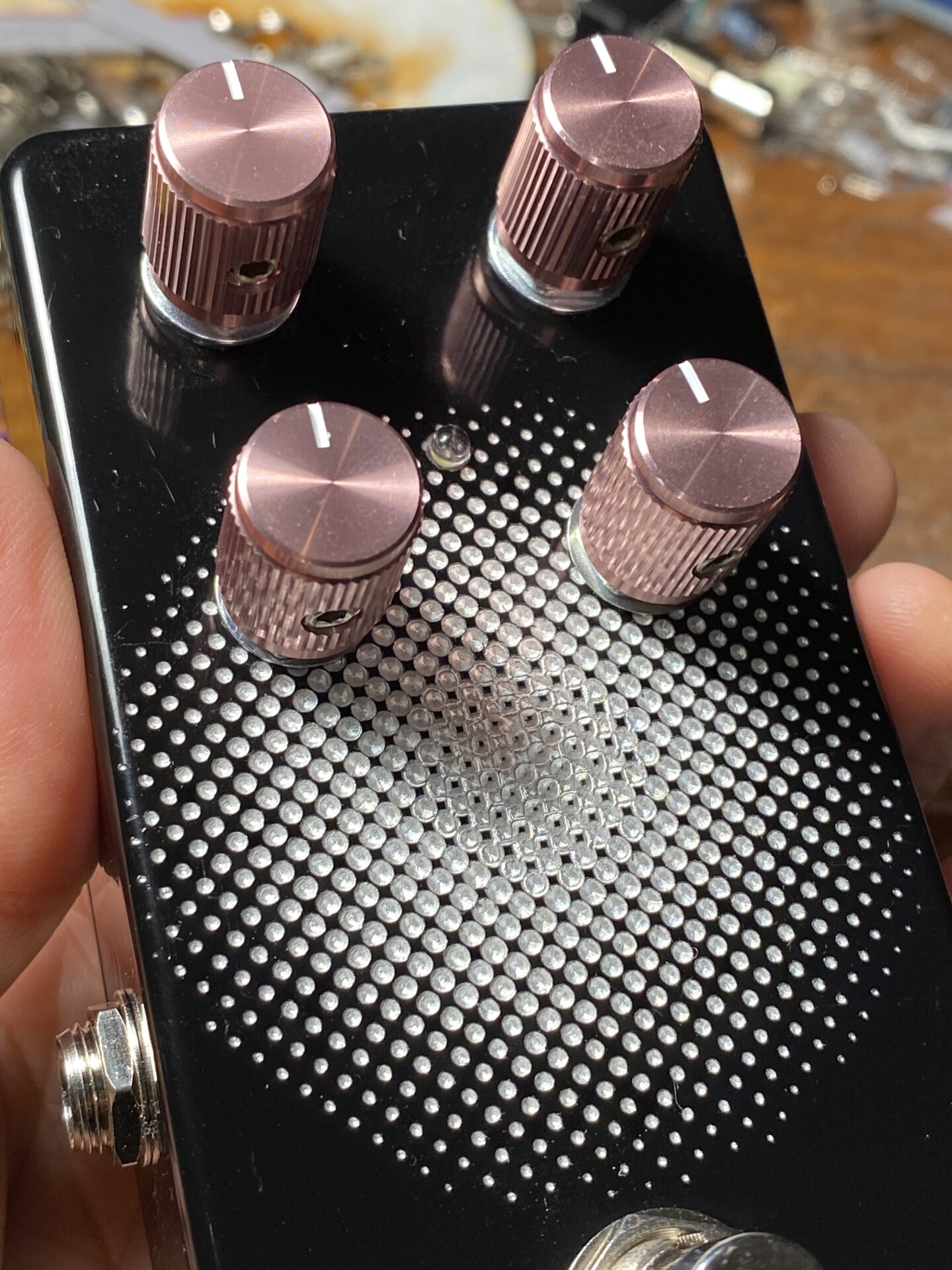
Ugly Face black with dots
I did another Ugly Face. This time on a black gloss enclosure with milled dot pattern. Milling this design took over an hour. These enclosures are not flat on top! Some of the dots on the upper right did not get milled. I had to pull those out of the original SVG image, make a…
-
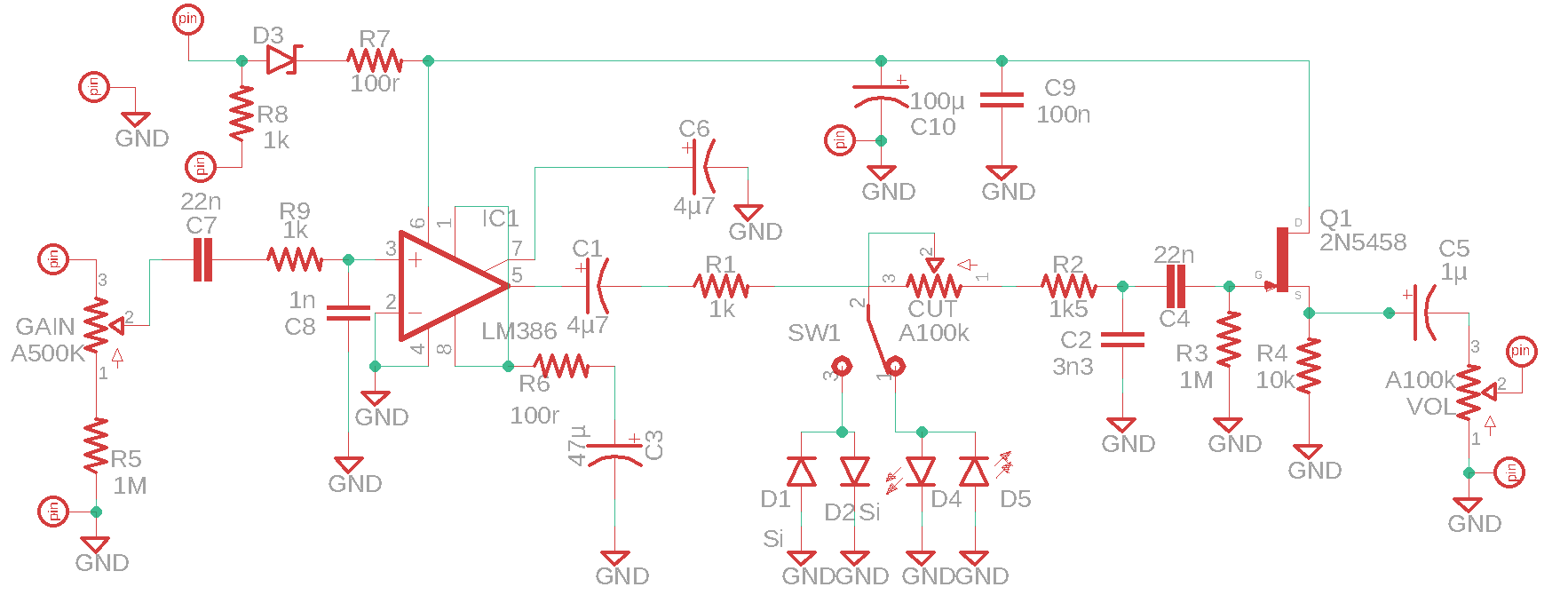
The Baron
This is my second entry in the End of Days Fuzz Challenge! The idea was to build a circuit similar to the Proco Rat replacing the LM308 with the LM386. The LM308 is a single op-amp the LM386 is an audio amplifier. The chips are similar but also very different. LM386 The LM386 is similar…
-
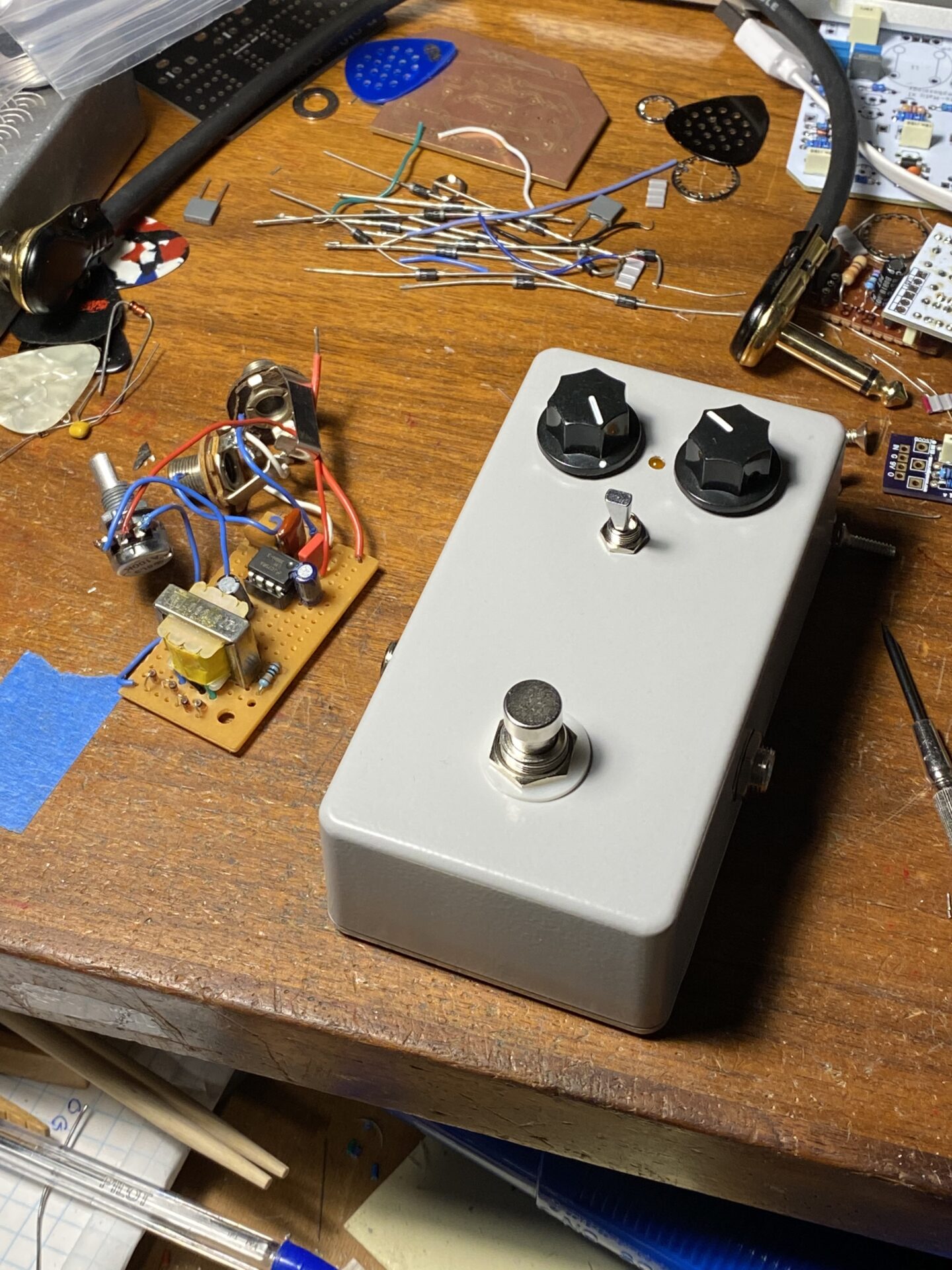
Bobtavia by Bob Starr
Bobtavia is an old-school DIY octave fuzz. It’s a lot like the Roger Meyer Octavia but uses an LM386 instead of transistors. The Bobtavia uses a transformer like the original Octavia and the Maestro Brassmaster. What’s nice about the Bobtavia is its simplicity. The whole circuit is just a handful of parts. This was one of the first…
-
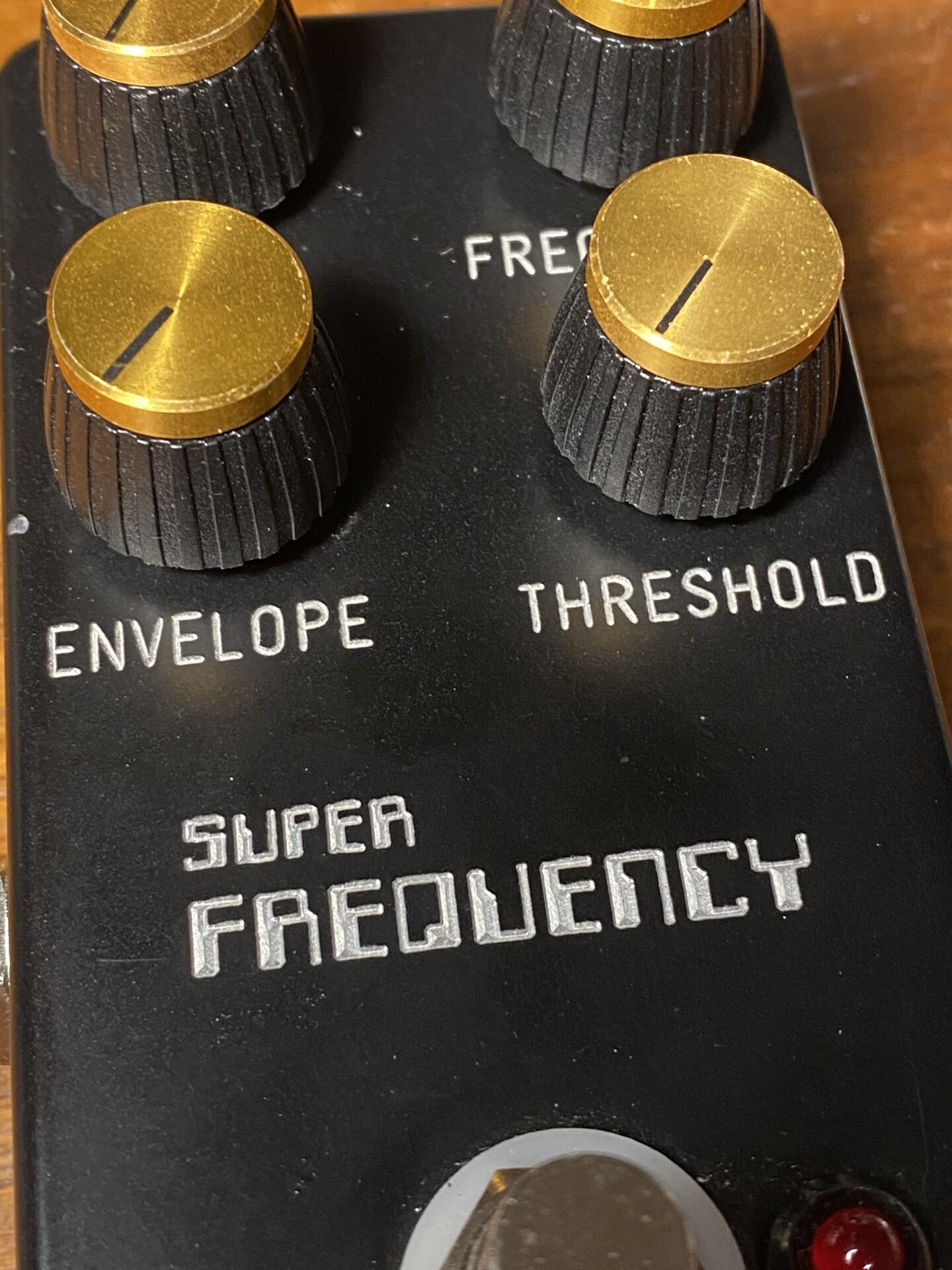
Super Frequency
I made some ugly face PCBs back in 2009 and had a couple left over. I built this up when I first got the mill. The Ugly Face is a DIY classic invented byTim Escobedo way back in the early mid 2000s if I recall. It’s a unique circuit with a surprising sound if you…
-
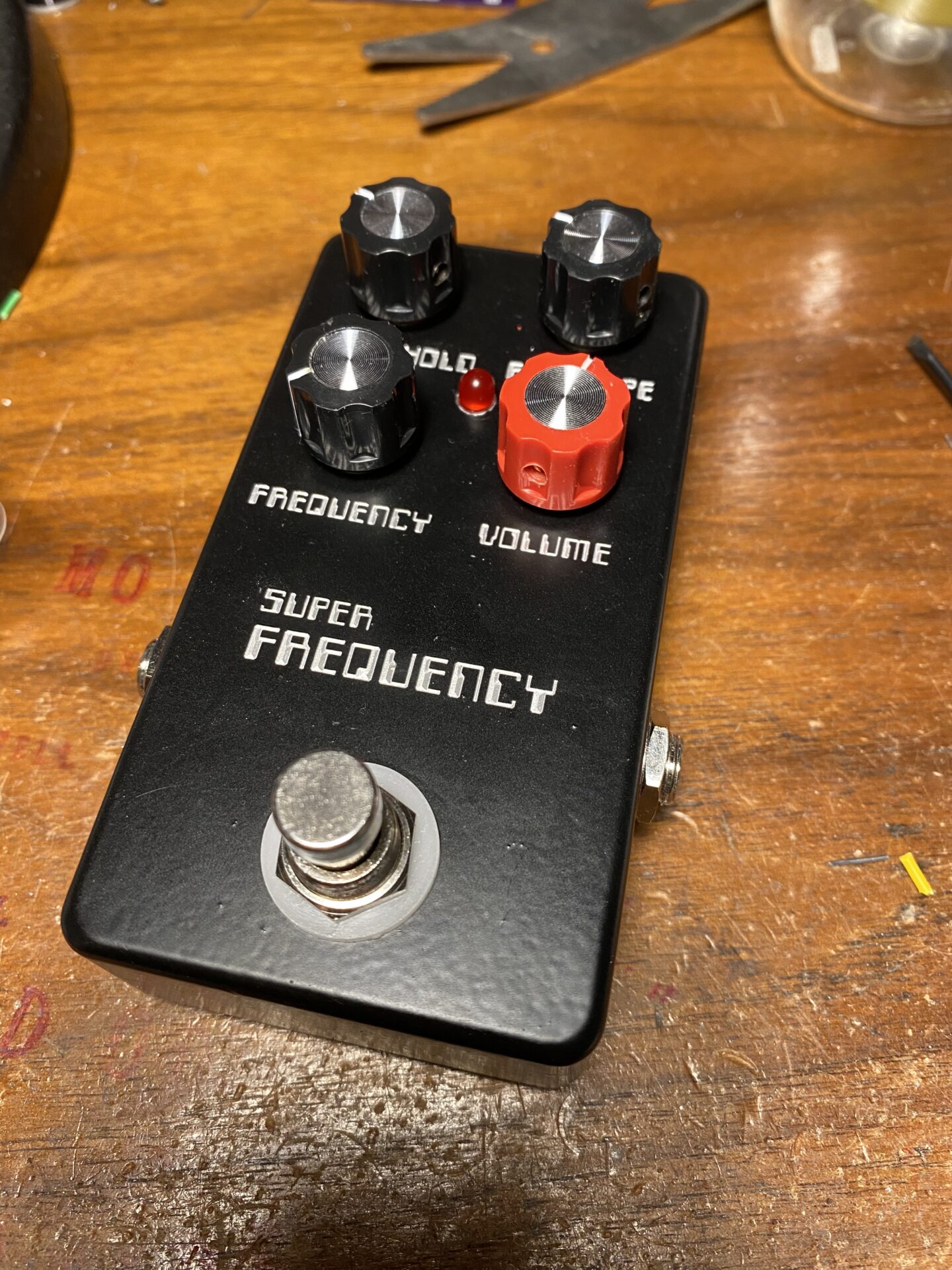
Super Frequency
The most fun DIY build you can make! This is my version of the Ugly Face Tim Escobedo. Great box with a unique sound . Not your typical fuzz or distortion box. Build your own from my OSH Park PCB project or buy one of my builds from Reverb.
-
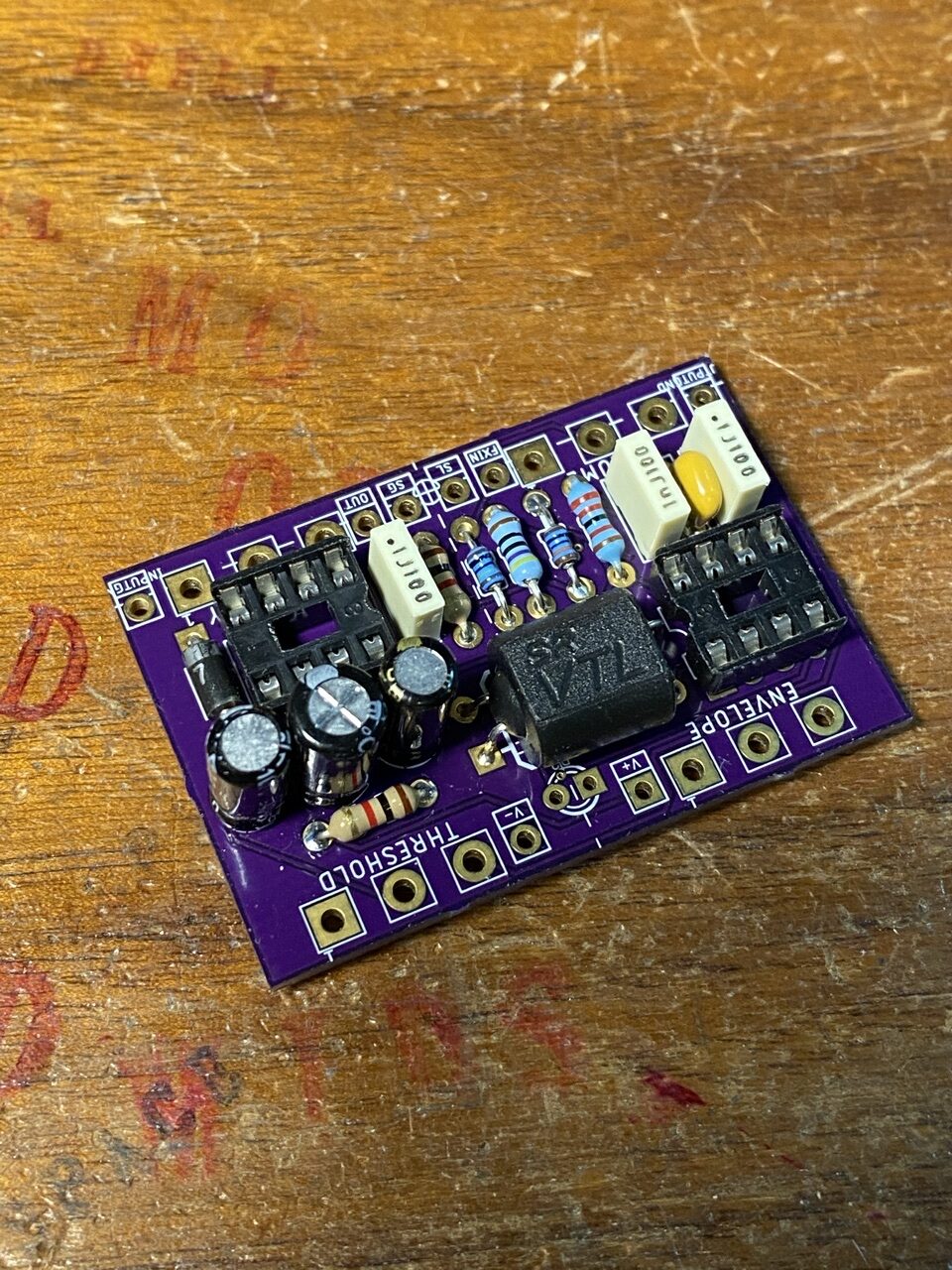
Ugly Face on OSH Park
Just published the Ugly Face v 1.1 to OSH Park. Built and tested, it works well! This is classic DIY project, it’s almost a rite of passage for new DIY stomp box enthusiasts. The Ugly Face is more of a synthesizer than fuzz pedal. It produces square output from the input guitar signal. You can…
-
LM386 Gain
I’ve playing around with the 386 Audio Amplifier. This is a really great chip. It has a lot of possibilities. Looking at all of the great circuits that use this I’ve noticed there are many different ways to set the gain. Gain is set using pins 1 and 8. With these two pins open the…
